How sexual fluid form according to ayurveda
Soham Yoga School Rishikesh, India
Unveiling the Mysteries of Sapta-dhatu: Ayurveda’s Seven Vital Tissues
Sapta-dhatu (सप्तधातु) is a foundational concept in Ayurveda, the ancient Indian system of medicine. This term refers to the seven bodily tissues believed to sustain life and health. According to Ayurveda, the balance and proper functioning of these dhatus are crucial for overall well-being. Each dhatu is sequentially formed from the digestion and transformation of food, and each nourishes the subsequent one. Here are the seven dhatus:
1. Rasa Dhatu (Plasma)
Ayurvedic Explanation:
Rasa dhatu represents the plasma or the liquid part of the blood. It is the first tissue formed after digestion and nourishes the body.Modern Explanation:
Rasa dhatu can be thought of as the extracellular fluid that carries nutrients, hormones, and waste products throughout the body. It plays a vital role in maintaining hydration, electrolyte balance, and immune function.
2. Rakta Dhatu (Blood)
Ayurvedic Explanation:
Rakta dhatu represents the blood, carrying oxygen, nutrients, and vital energy (prana) to all parts of the body.- Modern Explanation: Rakta dhatu corresponds to the blood in modern physiology. It transports oxygen from the lungs to the body’s tissues, removes carbon dioxide, delivers nutrients, and supports immune function.
3. Mamsa Dhatu (Muscle)
- Ayurvedic Explanation: Mamsa dhatu represents the muscles of the body, providing strength, structure, and mobility.
- Modern Explanation: Mamsa dhatu refers to the skeletal muscles in modern terms. These muscles enable movement, support posture, and contribute to metabolic function. Regular exercise helps maintain the health and integrity of mamsa dhatu.
4. Meda Dhatu (Fat)
- Ayurvedic Explanation: Meda dhatu represents the adipose or fat tissue, providing insulation, energy storage, and lubrication.
- Modern Explanation: Meda dhatu corresponds to body fat in modern physiology. It serves as a source of energy, insulates the body against temperature changes, and cushions organs. Maintaining a healthy balance of body fat is important for overall health.
5. Asthi Dhatu (Bone)
- Ayurvedic Explanation: Asthi dhatu represents the bones and teeth, providing structural support, stability, and protection.
- Modern Explanation: Asthi dhatu corresponds to the skeletal system in modern physiology. Bones provide structural support, protect vital organs, and serve as a reservoir for minerals such as calcium and phosphorus. Consuming adequate nutrients and engaging in weight-bearing exercise support bone health.
6. Majja Dhatu (Bone Marrow)
- Ayurvedic Explanation: Majja dhatu represents the bone marrow and nervous tissue, nourishing the nervous system and supporting immune function.
- Modern Explanation: Majja dhatu corresponds to bone marrow in modern physiology. Bone marrow produces blood cells, including red blood cells, white blood cells, and platelets. It also plays a role in immune function and supports the body’s ability to fight infection.
7. Shukra Dhatu (Reproductive Tissue)
- Ayurvedic Explanation: Shukra dhatu represents the reproductive tissues, including semen and ova, supporting fertility, sexual health, and the continuation of life through procreation.
- Modern Explanation: Shukra dhatu corresponds to the reproductive system in modern physiology. It includes organs such as the testes, ovaries, and associated glands, which produce sex hormones and gametes (sperm and ova). Reproductive health is crucial for fertility, sexual function, and overall well-being.
Conclusion
Understanding the concept of dhatus in Ayurveda provides insights into the interconnectedness of bodily tissues and their role in maintaining health and vitality. Integrating Ayurvedic principles with modern knowledge can help promote holistic well-being and guide lifestyle choices that support the health of each dhatu.
Explore Our Range of Upcoming Yoga Training Courses Rishikesh
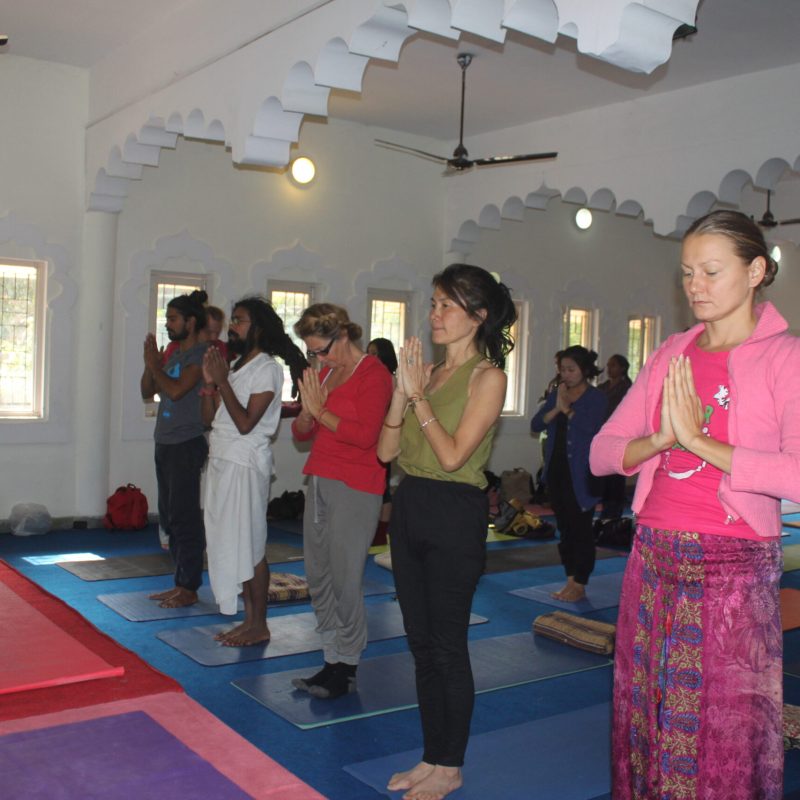
100 Hour Yoga Teacher Training in Rishikesh (India)
Duration: 14 Days
Module: Residential with Meal
Accommodation: Shared Room
Certification: Yoga Alliance USA
Course Fee: 699 USD
Yoga Style: Hatha Yoga
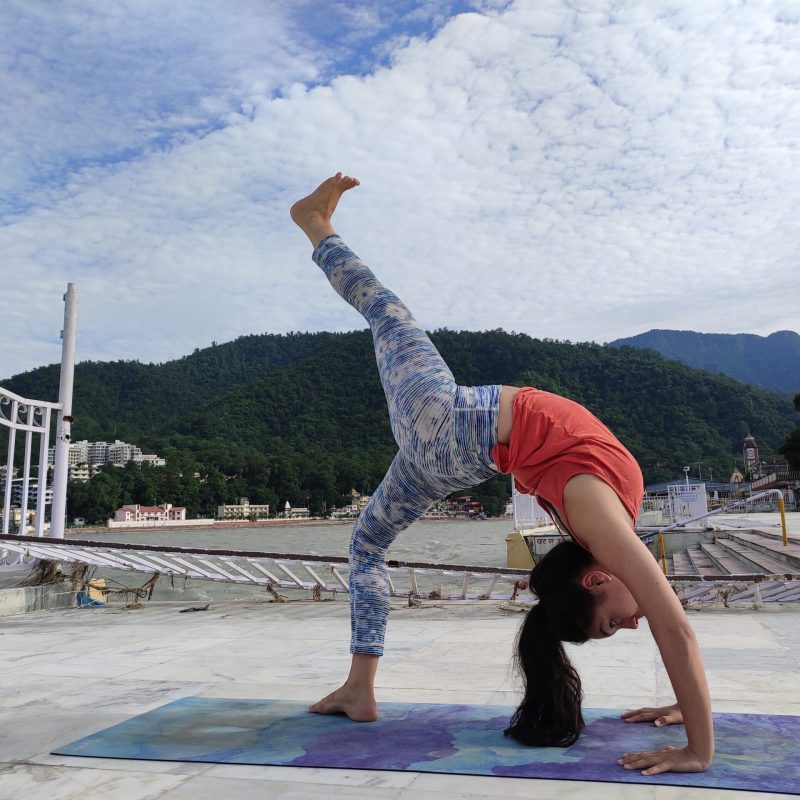
200 Hour Yoga Teacher Training in Rishikesh (India)
Duration: 25 Days
Module: Residential with Meal
Accommodation: Shared Room
Certification: Yoga Alliance USA
Course Fee: 999 USD
Yoga Style: Hatha Yoga
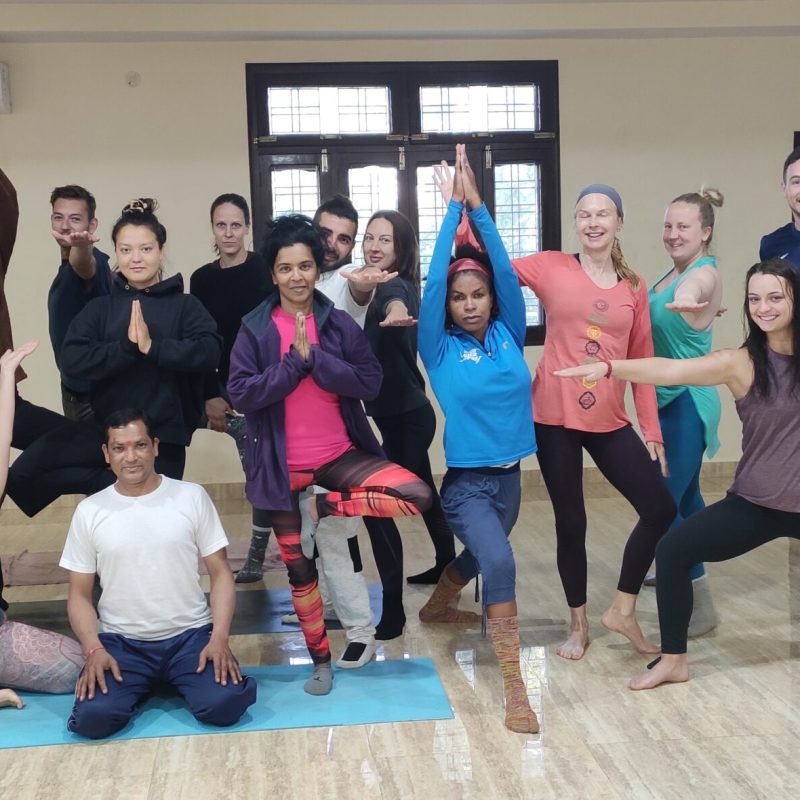
300 Hour Yoga Teacher Training in Rishikesh (India)
Duration: 28 Days
Module: Residential with Meal
Accommodation: Shared Room
Certification: Yoga Alliance USA
Course Fee: 1349 USD
Yoga Style: Hatha Yoga
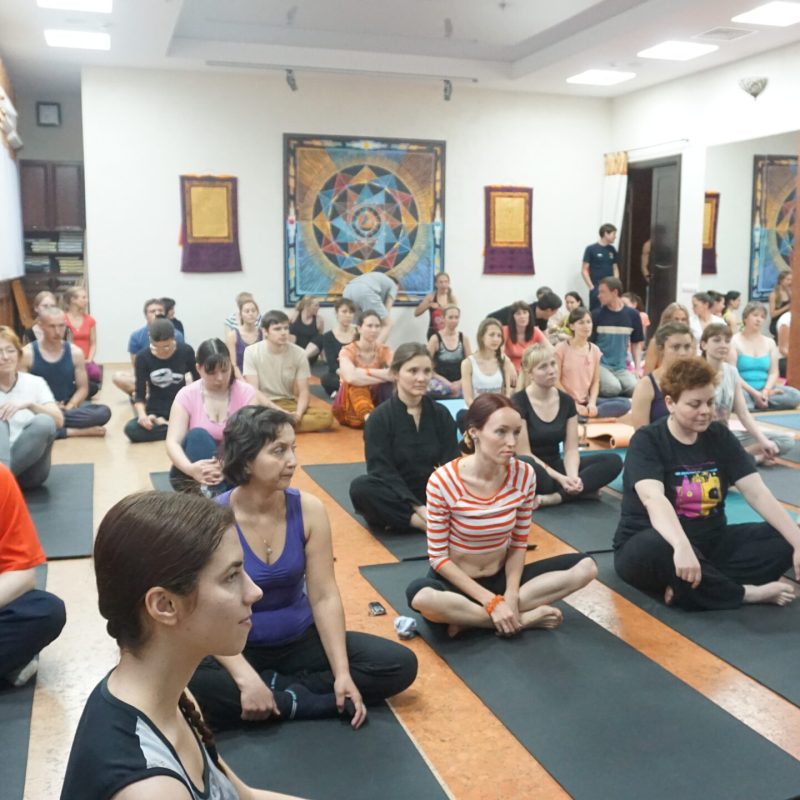
500 Hour Yoga Teacher Training in Rishikesh (India)
Duration: 55 Days
Module: Residential with Meal
Accommodation: Shared Room
Certification: Yoga Alliance USA
Course Fee: 2699 USD
Yoga Style: Hatha Yoga
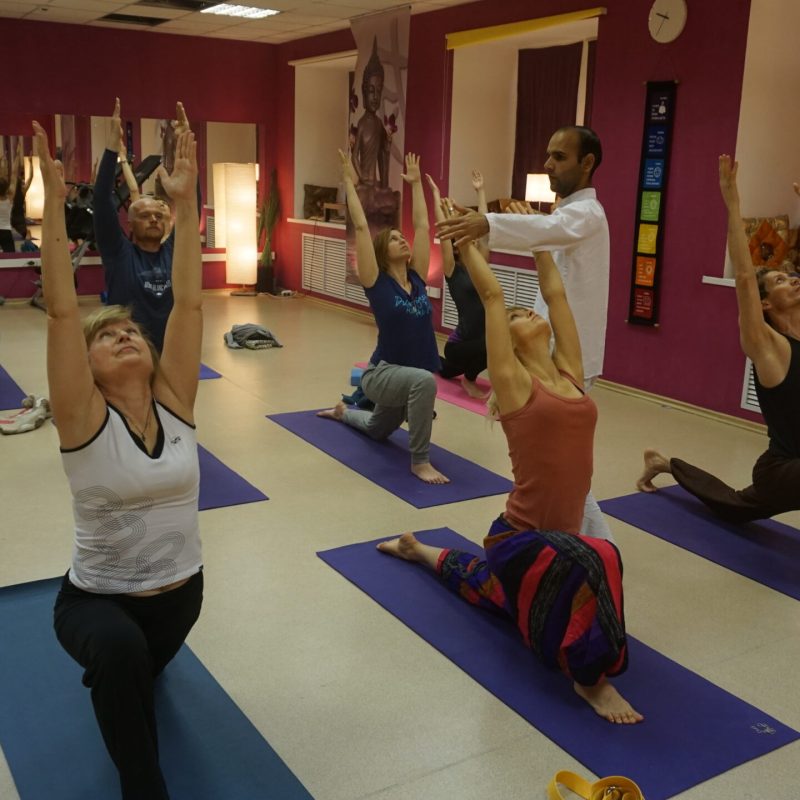
07 Days Yoga Retreats in Rishikesh (India)
Duration: 07 Days
Module: Residential with Meal
Accommodation: Shared Room
Certification: Yoga School
Course Fee: 499 USD
Style: Yoga Retreats

10 Days Yoga Retreats in Rishikesh (India)
Duration: 10 Days
Module: Residential with Meal
Accommodation: Shared Room
Certification: Yoga School
Course Fee: 649 USD
Style: Yoga Retreats

Nestled in Rishikesh, Soham Yoga School offers Yoga Alliance certified teacher training programs in Hatha and Ashtanga yoga styles. Emphasizing meditation, pranayama, “and” yoga philosophy, each course—from “100” to “500” hours—promises deep learning “and” personal growth. With comfortable accommodation “and” nutritious meals, graduates gain internationally recognized certifications “and” profound yoga knowledge.
